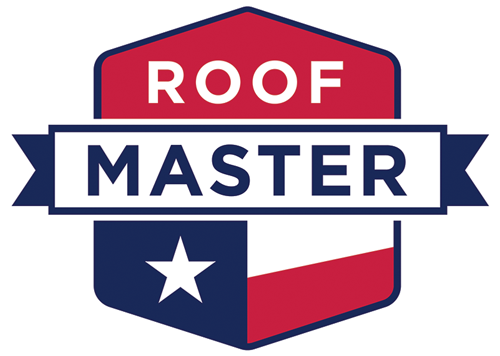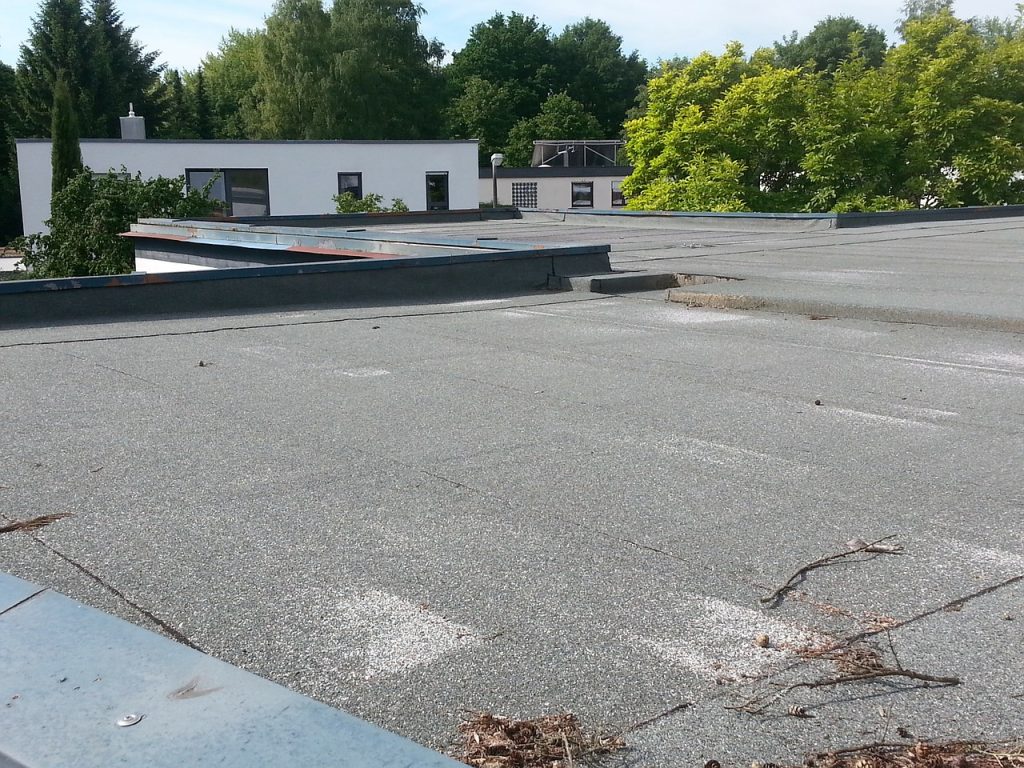A flat roof’s pros and cons are the first things to consider when looking to buy a home with a flat roof. You will usually find most flat roofs on commercial buildings rather than residential houses. But that doesn’t mean you can’t construct a flat roof on your house.
A roof is considered flat if it has a slope of fewer than 10 degrees. You can profit from a flat roof if you are building from scratch. However, it would be best to remain alert of the pros and cons of flat roofs before making a final decision.
In this article, we will discuss flat roof pros and cons.
Let’s get started!
What Exactly Is a Flat Roof?
Flat roofs are among the most debatable types of roofs for buildings and homes. A flat roof is an almost level roof that consists of a horizontal base covered with a waterproof membrane installed to the ceiling joints. Most flat roofs lack a slight pitch to assist in draining rainwater easily.
The Most Common Materials Used for Flat Roofs
There are various factors to consider concerning the type of roofing materials to use. Whether your flat roof installation or repair needs are for a commercial, residential or industrial structure, the most common types of flat roof materials are here.
Modified Bitumen Roofing
Modified Bitumen roofing is a composition of asphalt rolls, usually three-foot-wide. The roof is commonly made of two piles of layers, a base sheet and a cap sheet. You can install the roofing in four primary methods.
- Hot applied with tar
- Torched down
- Cold applied solvent-based adhesive
- Peel and stick base and cap sheets
Spray Polyurethane Foam
A spray foam roof starts with a layer of high-density polyurethane foam sprayed from a wand or sprayer. The foam is then coated using a waterproofing elastomeric topcoat.
EPDM Rubber Roof
You can fix the EPDM in two basic ways: adhered or glued down, or weighted down, or ballasted. It is easy to identify rubber roofs. The black adhered rubber roofs are easy to spot and stretch tight over an insulation board or fiberboard.
Roofers hold down in place ballasted rubber roofs using large stones or ballast on top of the roofing sheets. Additionally, the rubber is exceptionally tough and flexible and can last up to fifty years.
Asphalt
Asphalt is a commonly used material for flat roofs. Its primary benefit is that it’s easy to install in complex or odd shapes, and it copes well with curves and elevations. Also, asphalt is sturdy and resistant to damage, meaning you can walk on top of it.
Though it is costly compared to a felt roof, asphalt is easy and cheap to repair.
GRP (Fiberglass)
Jointless GRP roofs can last for almost thirty years when correctly fitted. Also, the materials are ideal for green roofs and are light, making them easy for installation in all kinds of construction projects.
GRP is good-looking and strong enough for roofs that will be walked on regularly. Upon damages, GRP is easy to repair.
Flat Roofs: Pros and Cons
Many people prefer flat roofing systems over tile or shingles roofing systems. Here are various benefits of choosing a flat roof for your house.
Flat Roof Pros
Here are the benefits of flat roofs.
Cost Friendly
A flat roof is the least expensive among other roofing options. Flat roofs need fewer construction materials, and the provisions themselves are inexpensive compared to rafters or tiles. Furthermore, flat roofs take less time to install, hence lower labor costs. Maintenance costs are also low, and some companies offer warranties.
Maximum Use of Space
If you are looking for extra usable space in your building, a flat roof is your perfect choice. For example, if your house is on a small lot, your flat roof can become a remarkable outdoor lounge space to hold events or just to relax. It is also an ideal location to set up a garden or solar panels.
Durability
If permanency is crucial to you, then a flat roof is just the system for you. You don’t have to worry about damages since a flat roof is water-resistant. Also, if you are using a flat concrete roof, you are using a roofing system that withstands strong winds.
Easy to Clean
A flat roof is easy to clean and maintain since it is easier to reach than most roofing systems. Checking sidings, cleaning gutters, or fixing a hole becomes easy when you don’t have to worry about falling.
Flat Roof Cons
Here are the cons of a flat roof.
Temperature Changes
Flat roofs absorb heat faster and easier than sloped roofs due to constant exposure to the sun all day. This can make your house very hot during the summer and cold during the winter.
Drainage Issues
You have to pay more attention to a flat roof due to potential drainage issues. If you fail to inspect your roof often, the drains can become clogged. You will need to clean the drains as required using a waterproof seal regularly to avert leaks.
Maintenance
Though a flat roof is easy to maintain, it often requires maintenance compared to other roofing options. Lack of proper maintenance leads to poor drainage, hence blocked drains that result in leakages.
Final Words
Now you know all about a flat roof’s pros and cons. Every homebuyer or home-builder has an idea for their dream house, and a flat roof could be the best choice for you. While flat roofs require more attention, you can have the best structure when working with professional roofers at Roof Master.



